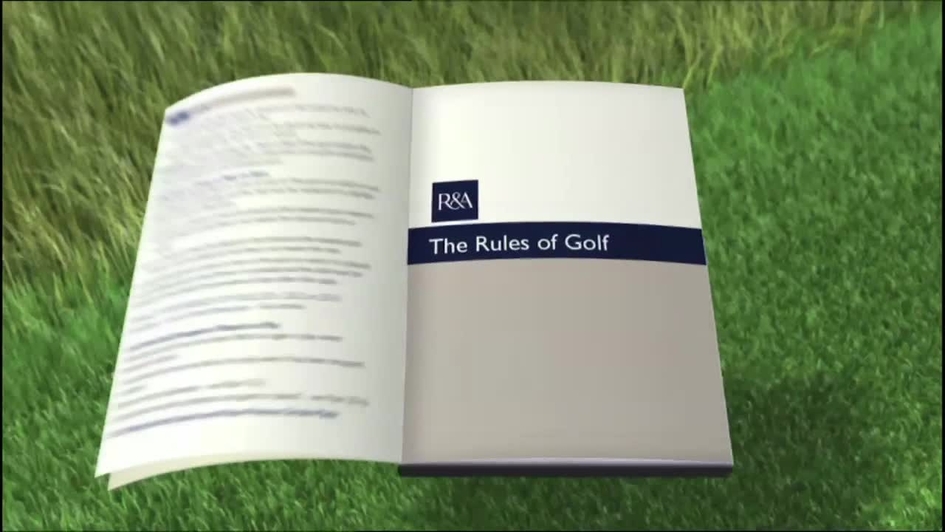Sometimes in golf, players hit their ball in a place where they can see the ball but they couldn't possibly hit the ball. We call this situation an "unplayable lie."
An unplayable lie could be in a sticker bush, a bunch of really high grass or some other prickly spot that just wouldn't be conducive to making contact with the ball.
That's why we have the ability to declare a ball or lie unplayable in golf as part of Rule 28. It's an opportunity for a player to declare that their ball has landed in a perilous spot, and they don't want to risk injury, bodily harm or damage to their equipment so they can feebly try to hit the golf ball.
The great thing about an unplayable lie is that it can be declared anywhere on the golf course at any time, except in a water hazard. An unplayable lie can even be declared in a bunker, allowing a player to take a drop inside the bunker for a one-stroke penalty or take the ball out of the bunker for a two-stroke penalty.
So, once a golfer declares their ball or lie unplayable, they agree to take a one-stroke penalty in exchange for being able to improve their lie in one of three ways:
- Going back to the original spot of their last shot and hitting from there (kind of like a yellow-stake hazard)
- Taking a drop from the unplayable spot that is two clublengths and no nearer the hole
- Taking a drop from the unplayable spot that goes as far back as the player would like keeping the unplayable spot between them and the hole
Once a player decides how they want to get relief from an unplayable lie, they identify their point of relief and drop the ball in play.
There could be other subsequent rulings that could come into play, particularly if a player chooses the third option of going as far back as they would like. This is often chosen to create room for a shot or to wind up needing additional relief from a temporary immovable obstruction so the player can have an even better view of their target for the next shot.

